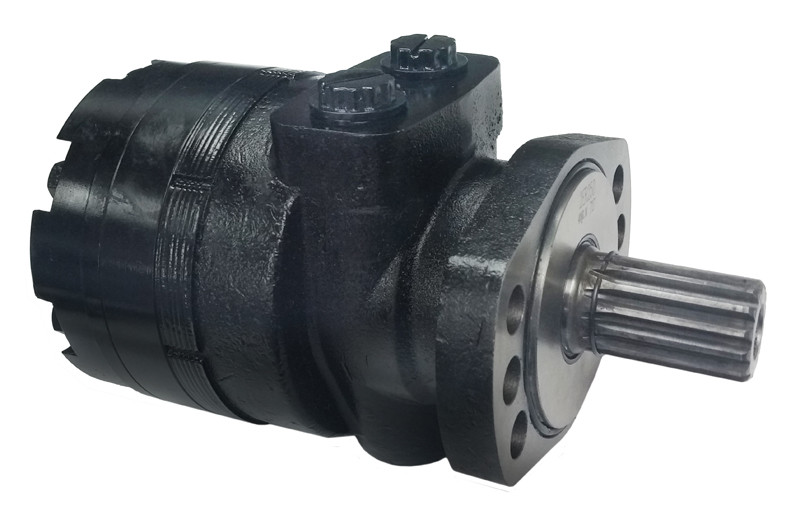Choosing the correct hydraulic motor for your application is a simple process. Start by determining the amount of torque that is required to accomplish the work or task. Most manufacturers will list the torque generated in their product catalog. Catalog torque values or usually listed as continuous and intermittent. Go with the continuous rating.
There are two basic types of hydraulic motors. Low speed, high torque (LSHT) motors are typically used in applications for augers, wheel drives or conveyor drives with a high carrying load. High speed, low torque (HSLT) motors are typically used for fan drives or conveyors with a low carrying load. LSHT motors are generally the geroler/gerotor or piston driven motors. HSLT motors are usually gear motors.
Other major factors to consider are the system operating pressure in PSI (pounds per square inch) and system flow rate in GPM (gallons per minute). Once the torque value is determined, compare the system pressure and flow rate values for the chosen motor to make sure that all three values are compatible with the motor selected. The manufacturer will provide PSI and GPM ratings as continuous and intermittent. Always go with the continuous ratings.
After the required torque value is determined, other options can be chosen. How is the hydraulic motor going to be mounted? Common options are two bolt flange, four bolt flange, magneto style flange or wheel mount. What diameter shaft is required? Shaft diameter is also determined by torque value. The higher the torque, the larger the shaft diameter required to prevent sheering. What type of shaft is required? Straight keyed shafts, spline shafts or tapered shafts are the options available for most hydraulic motors. What type of ports are required? Hydraulic motors are available with NPT (pipe threads), SAE (o-ring boss) or in the case of larger motors, split flange ports.
After the torque value, PSI, GPM, mounting, shaft style and port configurations have been determined, check the physical dimensions of the hydraulic motor to be sure that the hydraulic motor chosen will physically fit in your application. The higher the torque value, the larger the hydraulic motor will be in overall length and diameter.
We hope that this information has been helpful to you. Please contact us at sales@fremontindustrialsupply.com if you have any questions regarding choosing the correct hydraulic motor for your application.

